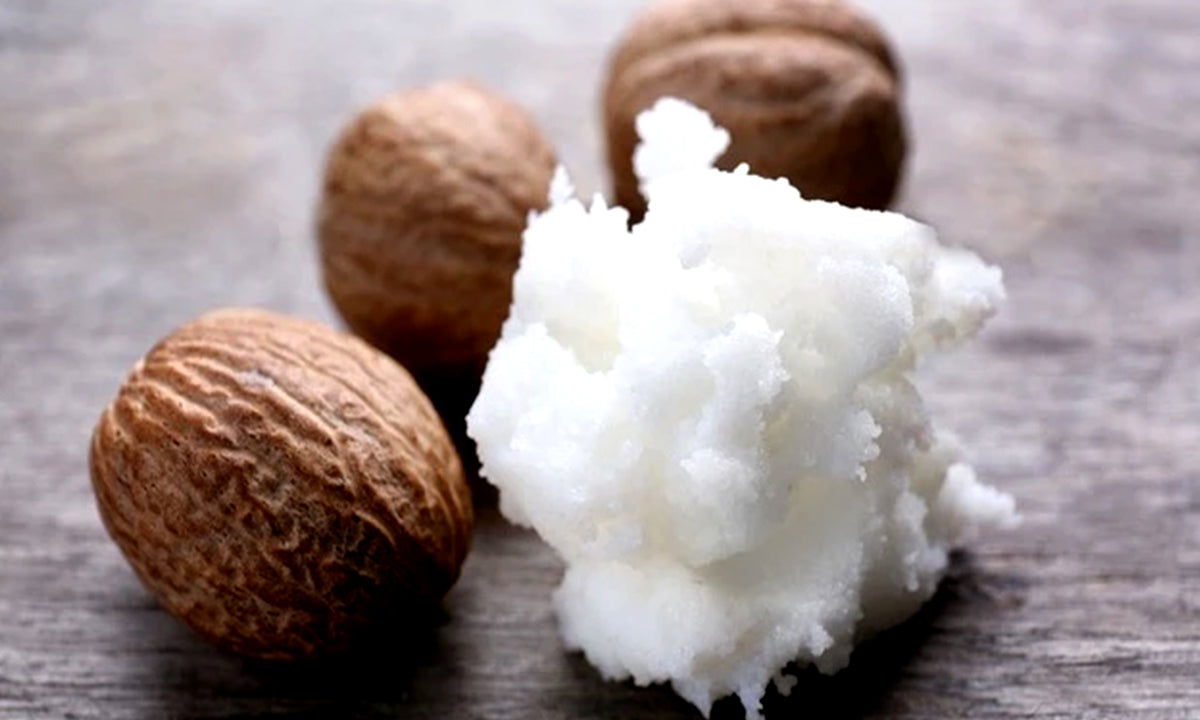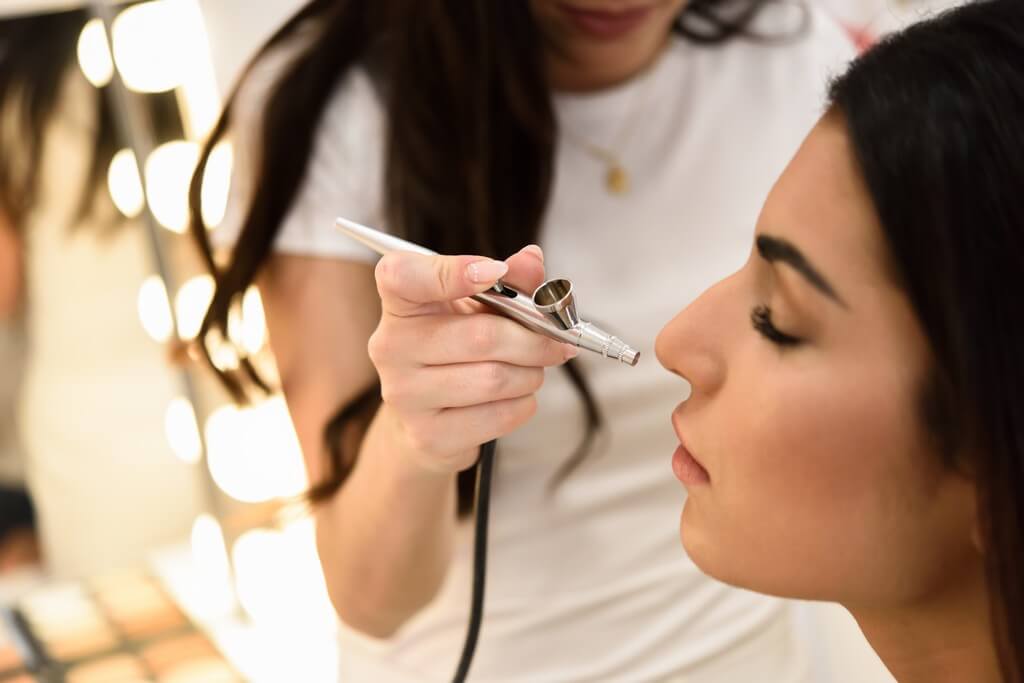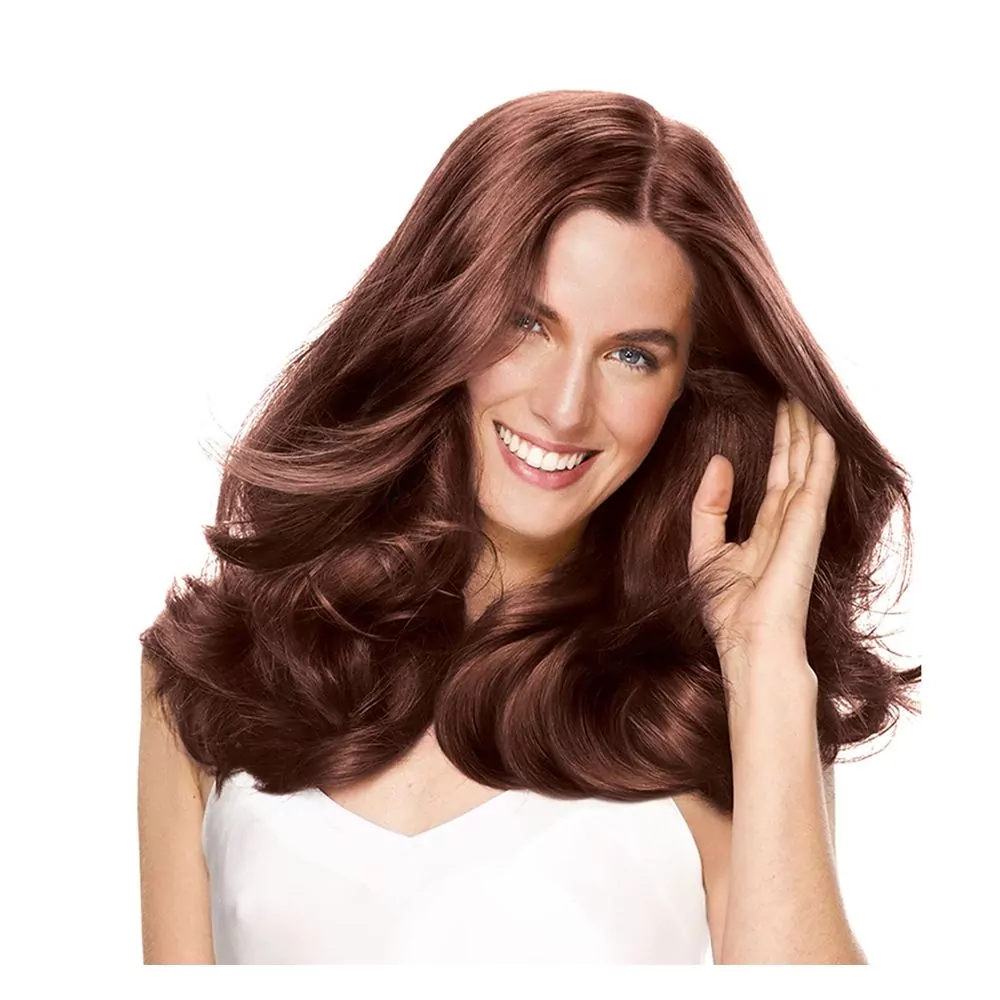The likelihood is that you’re familiar with shea butter – at least in name – if you’ve ever walked through rows and rows of moisturizers. Some of the richest, most effective face creams use it as an ingredient. However, what does it do in your skincare?
It comes from the kernels of shea trees, which are indigenous to sub-Saharan Africa. The parts of the shea tree were traditionally used for their anti-inflammatory and pain-relieving properties, treating health issues including ulcers, nasal congestion, and skin problems, not surprisingly. The majority of Shea Butter lotion still comes from this region, but it’s now valued more for its skincare properties.
Shea Butter Has Five Major Skin Benefits.
1. Improves Skin Hydration
There’s a good reason why so many face moisturizers and body lotions contain shea butter. It softens and hydrates the skin as an emollient. Shea butter contains several types of fatty acids, including lineoleic, oleic, palmitic and stearic acids, that improve the skin’s natural barrier, preventing pollution from damaging the skin.
2. Reduces Inflammation in the Skin
Photograph of a smiling african girl applying facial moisturizer while holding a jar and looking at the camera. Photograph of a young black woman applying cream to her face isolated on a beige background with copy space.
Shea butter has anti-inflammatory compounds that make it ideal for soothing and nourishing upset skin, according to research published in the Journal of Oleo Science.
It is often found in products that help heal inflammatory skin conditions like eczema and psoriasis, reports the Hong Kong Medical Journal, as well as those meant to soothe sunburns. Furthermore, shea butter may offer mild sun protection benefits – but it isn’t strong enough to replace sunscreen. You might notice, however, that shea butter sneakily adds moisture to your sun-protective products.
3. Heals Cuts And Scrapes

This ingredient is also often found in scar-healing products because its high fat content softens scar tissue, as well as speeding up the healing process. Research from the journal Wounds suggests it may be particularly effective in preventing keloid scars – red, raised, rubbery scars. Shea butter’s emollient properties may also be partially responsible for some of its other benefits.
4. Prevents Breakouts
Acne sufferers can also benefit from shea butter! When your skin seems oily, what good does shea butter do?
When skin is dry, acne-prone skin tends to overproduce sebum, which can clog pores; shea butter stops this cycle in its tracks by preventing skin from drying out in the first place. You shouldn’t worry about shea butter causing oily skin – there is no evidence to support this. The Journal of Pharmacology and Toxicology reports limited evidence that bark from the shea tree is antibacterial, which could translate to acne-fighting properties in shea butter. Not bad for only one ingredient!
5. Inhibitors of Aging May be Antioxidants
The Journal of Agricultural and Food Chemistry states that shea butter contains several antioxidants, including vitamins A and E, as well as most of the antioxidants found in green tea, a known antioxidant powerhouse. While more research is needed to determine whether shea butter is an anti-aging ingredient, antioxidants (especially vitamin A) have been shown to prevent free radicals from damaging the skin.




